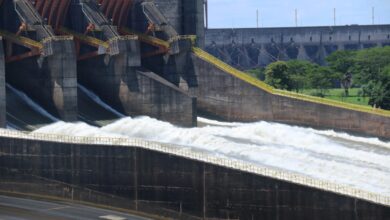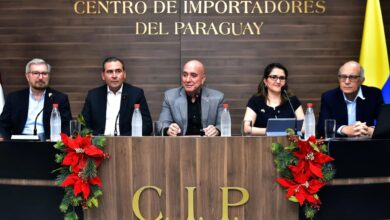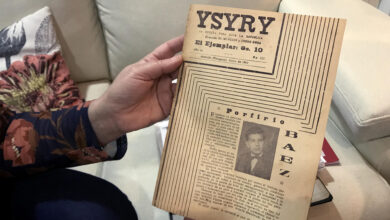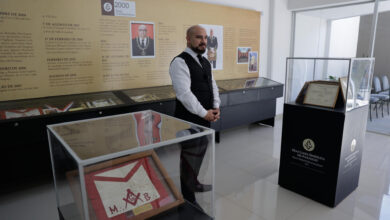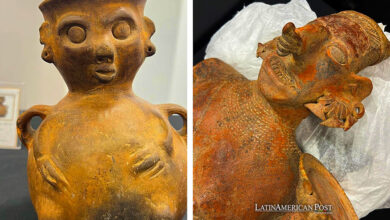The Intriguing Mystery of Hitler’s Alleged Final Resting Place in Paraguay
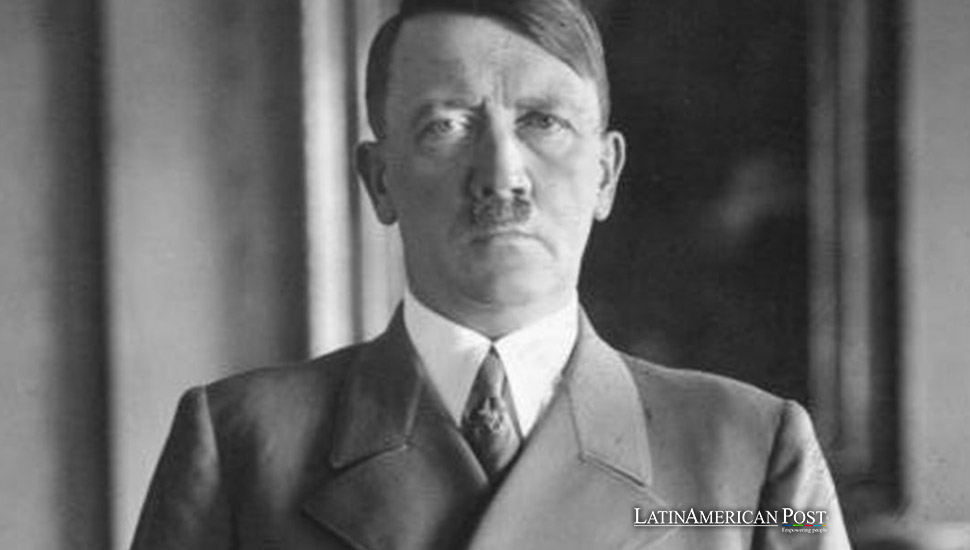
Argentine writer Abel Basti’s investigation into the possible burial site of Adolf Hitler in Paraguay faces obstacles, fueling suspicions of a cover-up.
The enigmatic story of Adolf Hitler’s supposed escape to South America after World War II continues to captivate researchers and history enthusiasts alike. One such investigator, Argentine writer Abel Basti, has embarked on a significant journey. His recent trip to Paraguay to probe the existence of an underground bunker beneath a hotel in Asunción, where he believes the remains of Adolf Hitler might be buried, is a crucial step in unraveling one of the most enduring mysteries of World War II. However, the refusal of the hotel owners to allow an inspection has intensified Basti’s suspicions of a cover-up regarding the Führer’s final resting place.
Basti, who has authored ten investigative books on the alleged presence of Hitler and other Nazi leaders in South America post-World War II, visited Asunción from July 28 to August 2. His goal was to gather testimonies and use ground-penetrating radar, a non-intrusive technology, to confirm or refute the existence of a crypt, structure, or skeleton under the Palmas del Sol hotel.
Initially, Martin Bachmann, the German-descended hotel owner, denied Basti’s request to conduct a survey, claiming nothing of interest was beneath the hotel. Frustrated, Basti sent a formal request to the property owner, the German Social Aid in Paraguay, which also rejected his petition, stating that the tenant had the authority to allow access.
“This is a cover-up,” Basti asserted. “Not permitting an investigation, even though it is private property, is also obstructing a public interest because it is a hotel.” Basti condemned the owners’ and tenant’s refusal as an “attitude of concealment,” preventing him from carrying out a simple procedure that could provide tangible evidence supporting his theory.
For three decades, Basti has been gathering evidence to support his claim that Hitler did not commit suicide in Berlin in 1945 but instead enacted a “Plan B” to escape defeat. According to this theory, Hitler fled to Argentina by submarine and later lived under false identities in Brazil and Paraguay.
Uncovering the Clues
One of Basti’s initial leads came from Brazilian military officer Fernando Nogueira de Araujo, who claimed to have attended a secret Nazi funeral ceremony in Asunción in 1973. Araujo described the “closing of the crypt” located at the site of the current hotel during the dictatorship of Alfredo Stroessner (1954-1989), asserting that Hitler had died in 1971. This site purportedly became a mausoleum, a description corroborated by two Paraguayans who detailed the structure to Basti.
Despite these accounts, Basti emphasizes that scientific verification through ground-penetrating radar is essential. “We need to study this legally. We have to see if the Paraguayan State is interested in intervening. So far, in this matter, as in others related to Nazis, the Paraguayan State has been conspicuously absent,” Basti remarked, highlighting the potential political implications of his investigation.
Another researcher, Paraguayan journalist Andrés Colmán, concurs that several clues are pointing to a Nazi mausoleum at the site. However, Colmán stops short of confirming that Hitler’s tomb lies beneath the hotel, which previously housed a Nazi party office and a German retirement home.
“If it were true that Hitler’s body is buried beneath a hotel in Paraguay, in the center of Asunción, that would change history,” Colmán said. He believes the only recourse now is to appeal to institutions, continue reporting, and publish findings to prevent the legend from fading into obscurity.
Basti’s journey into this mystery reflects his relentless pursuit of truth. His belief that Hitler might have orchestrated an elaborate escape plan and lived out his days in South America is a provocative hypothesis that challenges the established historical narrative. If proven true, it could significantly alter our understanding of World War II and its aftermath. The reluctance of the hotel owners and property holders to permit an investigation only adds fuel to the fire, suggesting something hidden beneath the surface.
Seeking Closure
The historical and scientific community remains divided on the subject of Hitler’s final days. While the consensus holds that he died in his Berlin bunker in 1945, alternative theories like Basti’s keep the debate alive. The possibility of uncovering new evidence that could rewrite history is tantalizing, yet the barriers to conducting such research are substantial.
As Basti continues his unwavering quest, he faces both skepticism and intrigue from historians and the public. His steadfast determination to uncover the truth underscores the enduring fascination with World War II’s unsolved mysteries. Whether or not Basti’s theories hold water, his work contributes to a broader understanding of the period and the lengths individuals might go to preserve or obscure historical truths.
Basti’s efforts to gain access to the potential crypt in Asunción are a testament to his commitment to historical accuracy. His adept use of modern technology like ground-penetrating radar demonstrates the evolving methods of historical investigation, blending traditional research with advanced scientific tools. This approach not only lends credibility to his work but also highlights the importance of interdisciplinary methods in solving historical puzzles.
Also read: Restoring Peru’s Historical Treasure and Landmark of Independence
The search for Adolf Hitler’s alleged final resting place in Paraguay remains a controversial and captivating endeavor. Abel Basti’s investigation into the underground bunker beneath the Palmas del Sol hotel in Asunción adds a new chapter to this mystery. His resistance from property owners and the legal complexities only deepen the intrigue. As history enthusiasts and scholars continue to debate and explore these theories, the pursuit of truth endures, driven by the hope of uncovering definitive answers to one of history’s most enduring enigmas.

